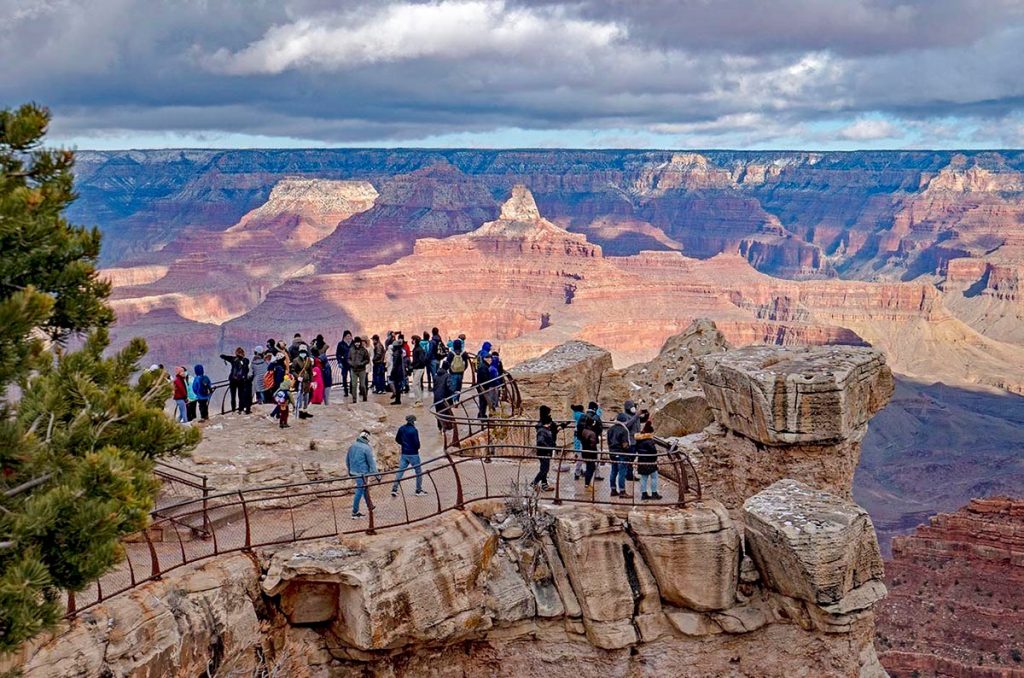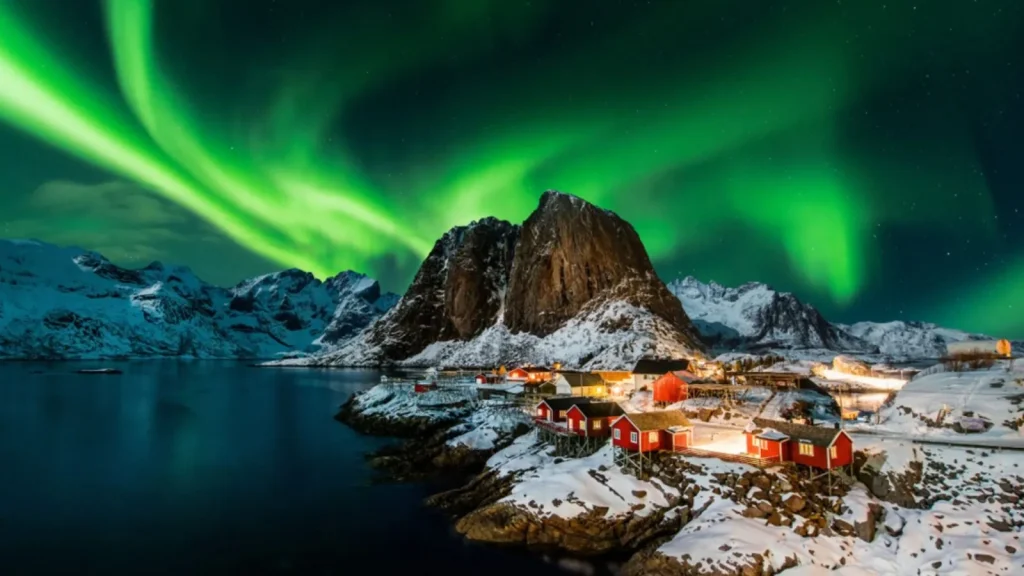The world is filled with breathtaking natural wonders, each a testament to the Earth’s extraordinary beauty and diversity. From towering mountains and vast deserts to lush rainforests and awe-inspiring geological formations, these wonders captivate the imagination and offer a glimpse into the planet’s powerful forces. Below is a look at some of the most iconic natural wonders from around the globe, highlighting the unique landscapes and ecosystems that make them truly remarkable.
1. Mount Everest, Nepal/China
As the tallest peak on Earth, Mount Everest stands at 29,032 feet above sea level, making it a legendary destination for climbers from all over the world. Part of the Himalayan range, this towering mountain represents the ultimate challenge of endurance and human spirit.

2. The Grand Canyon, USA
Carved by the Colorado River, the Grand Canyon stretches 277 miles and reaches depths of over a mile. Its vibrant, layered rock formations reveal millions of years of geological history, making it one of the most iconic landscapes in the United States.

3. Victoria Falls, Zambia/Zimbabwe
Victoria Falls, one of the largest waterfalls in the world, creates a breathtaking spectacle as the Zambezi River plunges over 350 feet into the gorge below. Known as “The Smoke that Thunders,” the falls generate a mist that can be seen from miles away.

4. Great Barrier Reef, Australia
The Great Barrier Reef is the largest coral reef system in the world, stretching over 1,400 miles along the coast of Australia. Home to an incredible diversity of marine life, including over 1,500 species of fish, the reef is a vibrant underwater ecosystem and a UNESCO World Heritage Site.

5. Amazon Rainforest, South America
The Amazon Rainforest, spanning nine countries in South America, is the largest tropical rainforest on Earth. Covering over 2.1 million square miles, it is home to countless species of plants, animals, and insects, many of which are found nowhere else on the planet.

6. Aurora Borealis (Northern Lights), Polar Regions
The Northern Lights are one of nature’s most awe-inspiring phenomena. These colorful displays of light in the polar sky are caused by solar particles interacting with Earth’s magnetic field, creating stunning curtains of green, purple, and pink light that dance across the night sky.

7. Galápagos Islands, Ecuador
Famous for inspiring Charles Darwin’s theory of evolution, the Galápagos Islands are a biodiversity hotspot. The islands are home to unique species like giant tortoises, marine iguanas, and flightless cormorants, making it a must-visit destination for nature lovers and scientists alike.

8. Sahara Desert, Africa
The Sahara is the largest hot desert in the world, covering over 3.6 million square miles of North Africa. Its vast, shifting sand dunes and rocky landscapes make it a place of both beauty and harshness, symbolizing the extremes of the natural world.

9. Iguazu Falls, Argentina/Brazil
Straddling the border between Argentina and Brazil, Iguazu Falls is a massive series of waterfalls that stretches nearly two miles. The falls are surrounded by dense tropical rainforest and are a haven for wildlife, including jaguars and toucans.

10. Antelope Canyon, USA
Located in Arizona, Antelope Canyon is a mesmerizing slot canyon known for its wave-like formations and the ethereal beams of sunlight that filter down through its narrow passageways. It’s a favorite destination for photographers due to its striking colors and patterns.

11. Angel Falls, Venezuela
Angel Falls, the world’s highest uninterrupted waterfall, drops over 3,200 feet from a table-top mountain in Venezuela’s Canaima National Park. The sheer height and remote location of the falls make it a natural wonder of incredible beauty and isolation.

12. Mount Kilimanjaro, Tanzania
Mount Kilimanjaro, Africa’s tallest mountain, is a dormant volcano that rises 19,341 feet above the plains of Tanzania. Its snow-capped peak is one of the most iconic images of the continent, and its ecosystems range from tropical rainforest to alpine desert.

13. Ha Long Bay, Vietnam
Famous for its emerald waters and thousands of limestone islands topped with lush vegetation, Ha Long Bay is a UNESCO World Heritage Site. The bay’s striking karst landscape and serene beauty make it one of the most iconic natural wonders of Southeast Asia.

14. Uluru (Ayers Rock), Australia
Uluru, a massive sandstone monolith in Australia’s Northern Territory, is both a natural wonder and a sacred site for the Anangu people. Rising dramatically from the surrounding plains, Uluru changes colors throughout the day, glowing red during sunrise and sunset.

15. Plitvice Lakes, Croatia
Plitvice Lakes National Park is famous for its cascading lakes, connected by a series of waterfalls. The turquoise waters, surrounded by lush forests, create a stunning visual experience, making it one of Europe’s most beautiful natural wonders.

These are just a few of the countless natural wonders that dot the globe. From towering mountains to vast deserts, each of these sites offers a unique glimpse into the Earth’s powerful natural forces and the beauty that results from millennia of evolution and geological activity. These natural wonders not only inspire awe but also remind us of the importance of protecting our planet’s incredible biodiversity and landscapes for future generations to experience and cherish.



